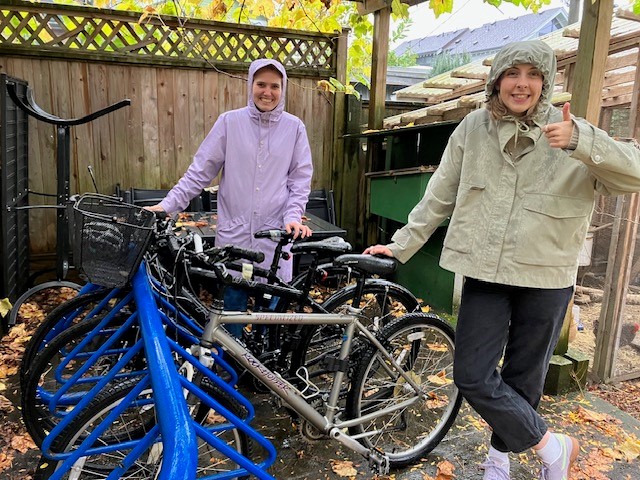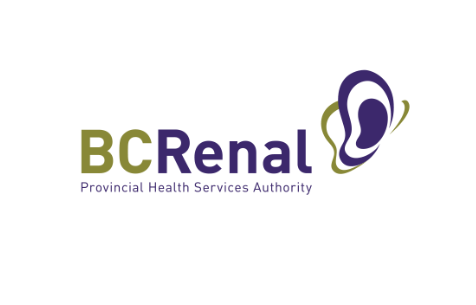Passive House project in Bella Bella, B.C.
In the fall of 2014, a fire damaged the staff housing complex for R.W. Large Memorial Hospital located in Bella Bella, B.C. on the mid-coast. Faced with the need for a new staff housing complex, VCH decided to take advantage of new building technology by building a modular structure to the Passive House standard.
Passive House buildings
Passive House buildings typically consume about 80% less energy than traditional construction due to an ultra-efficient building envelope that stays cool in summer and warm in winter. This technology becomes much more significant in remote communities like Bella Bella, which burn diesel fuel to generate electricity, producing far more GHG emissions than typical hydro grid-connected communities in B.C.
Saving funds
The project team assembled the modular units in Agassiz, B.C., shipped them by barge 700 kilometres up the coast to Bella Bella and finished assembly on site. The project was completed at a cost of $2.6 million – about $500,000 less than it would have cost to construct the development on site (due to the remote location).
Saving energy
On the coldest day of the year, each unit in this complex will have a peak heating load of about 600 watts. This means that the entire unit is heated with the equivalent of the heat generated from six 100-watt light bulbs. No additional heating (such as a furnace or boiler) is required. All the air in the building is replaced every three hours or less, and 92% of the heat in that air is recovered and transferred to fresh air. Thanks not only to insulation, but also very careful attention to sealing and ventilation, the heat of the sun — or even the body heat of the people inside — is enough to keep a passive house comfortable year-round.
Innovation that’s accessible
This innovative project demonstrates that high-quality, energy-efficient buildings can be made to work in remote communities, resulting in extremely low energy consumption and much higher building quality than often exists in smaller remote communities. On a long-term basis, this building will use 75% less energy and produce 80% less GHG emissions than a similar-sized standard construction building, thereby saving VCH significant operational costs for this location.








